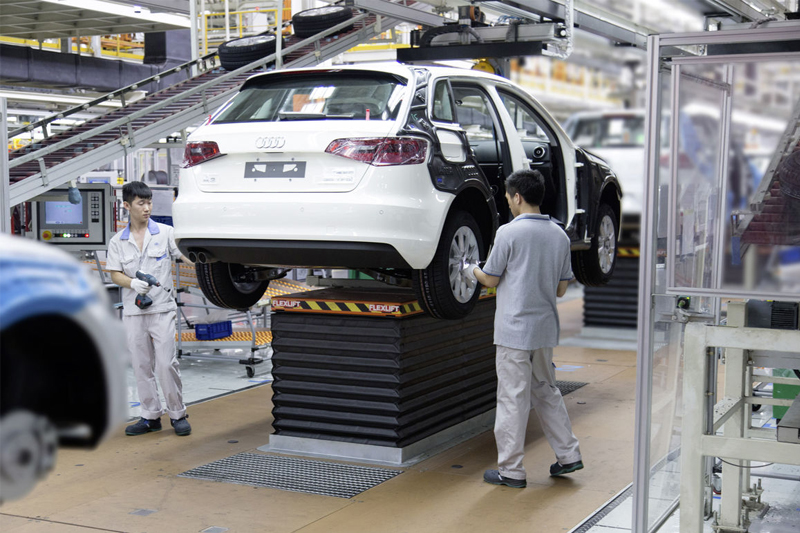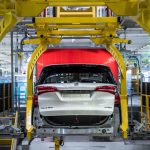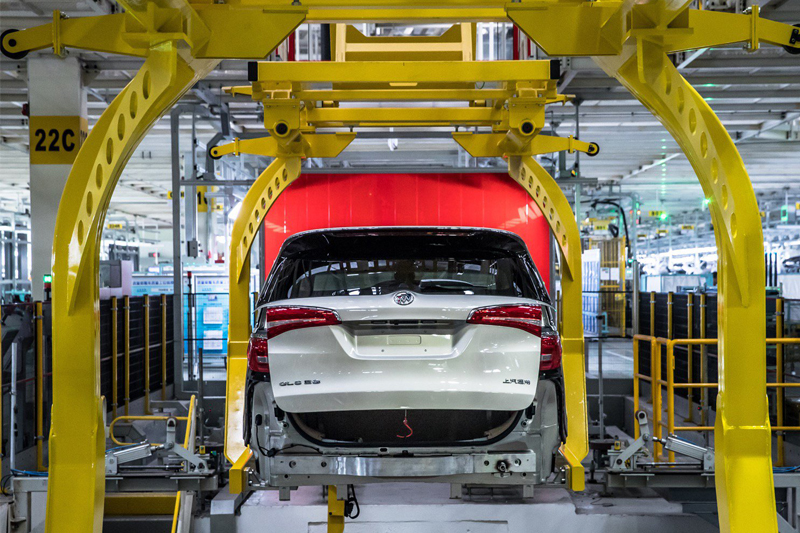As global relations turn sour in the face of an increasingly-belligerent US attitude to trade tariffs, the automotive world is bracing itself for what could be an almighty profit crunch. AutoMate’s Harrison Boudakin reports.
The winds of a potentially unsettling trade conflict have been rustling around the world lately, and there’s no getting away from the fact that any further escalation of the skirmish will cut deep and hard through an already-rattled global auto industry. The car business is one of the most international of trade exercises, deeply-intermeshed across geo-political lines and carefully constructed around the tariffs that ring-fence the world’s nations. Those tariffs are crucial players in the complex orchestral performance of modern auto-manufacturing. So any sudden shift in the calculus – like what we’re seeing in the trade battle between the US, China and the EU – is not welcome.
Essentially, the most pressing problem is that manufacturers have little or no way of adjusting their value chain as quickly as a trade war can escalate, leaving them without a shock absorber to soften the crunch when it comes. That means their options are more limited than other, more nimble, industries. They might, for instance, try to absorb the extra costs of tariffs and eat into profit margins, or they could pass the increased costs onto consumers, but risk triggering a sales slump in the process. Neither are ideal. A small few have the option of reorganising production around a more localised model, reducing the impact of tariffs by building more cars in China for the Chinese, and more cars in America for the Americans, but they require the capacity in existing sites to do this – a luxury most cannot afford.

The other trouble, of course, is that this trade battle has taken on a rather frightening, multi-polar character. Not only has the US Administration provoked the Chinese (where many major OEMs have established production sites), they’ve also turned the rhetorical screws on the Europeans, and particularly the Germans, for whom the US President appears to reserve a special kind of disdain. In response, Chancellor Angela Merkel has conceded she would support lowering European Union tariffs on US car imports, if that means Washington will abandon a threatened 20-25% levy on European cars entering the States.
Trump’s initial aggression on this issue sent the share values of the major German automakers tumbling, only for them to recover when a summit between Trump and EU President Jean-Claude Juncker eased tensions dramatically.
Indeed, the critical importance of US-EU automotive trade has been perhaps one of the key ‘springs’ that’ve helped dampen down the sharpness of recent trans-Atlantic posturing. Trump himself clearly knows the Europeans have more to lose here: they have an enormous automotive trade surplus with the US, which is further exacerbated by the fact that US auto exports to the EU attract a 10% import tariff, while the US charges only 2.5%. Trump – whose core economic narrative relies heavily on the grenade- thrower side of his personality – is leveraging the European auto-sector’s vulnerability, and could very well succeed in at least reducing the US-EU tariff ‘gap’. But at the same time, today’s uneasy truce could just as easily flare up again in spectacular fashion – and Trump’s iron economic rhetoric will become a rod for the auto-industry’s back.

If it does, the canvas of all potential tit- for-tat trade manoeuvres paints a rather dire picture of a global automotive sector that would be completely caught in the cross-fire, with basically nowhere to turn. Proposed US tariffs – justified on the grounds of national security – would add roughly €10,000 to the price of a European-built car in the States if the 20% levy is applied.
The Europeans – despite every indication that they would rather appease Trump than engage him in a trade conflict – would simply have to return the favour in kind if no deal was reached.
Meanwhile, China has already stuck the hydraulics under its own tariff wall, slapping a strict 40% rate on US car imports. This has impacted not only on American automakers that export to the PRC, but also – ironically – the European brands (BMW, Mercedes-Benz and Volkswagen) who have created a slew of American jobs by manufacturing vehicles in the States. BMW alone is estimated to ship more than 70,000 vehicles to China from the US by year’s end.
The complexity of this worst-case scenario speaks to the fact that the current state of global politics is increasingly at odds with the mode of economics the modern automotive world is built upon. Importantly, the problem is not that automotive leaders can’t understand the political narrative driving this emerging trade crisis – for they do. And it is not that they can’t see the potential consequences of the current path – for they can. Rather, the fear comes from the lack of viable options – from the reality that the shock absorbers they have at their disposal might just not be big enough to soften the sledgehammer blows.
But the reality is that America has let slip the dogs of war, in an attempt to re-weight the calculus of a global trade order their President believes has tipped too far out of their favour. His motives are his – but debating their inherent rightness probably brings little comfort to an auto-industry that stands to lose billions if the heat doesn’t come out of the conflict. Put simply, the next few months will be testing times for those with a dog in the automotive fight.











